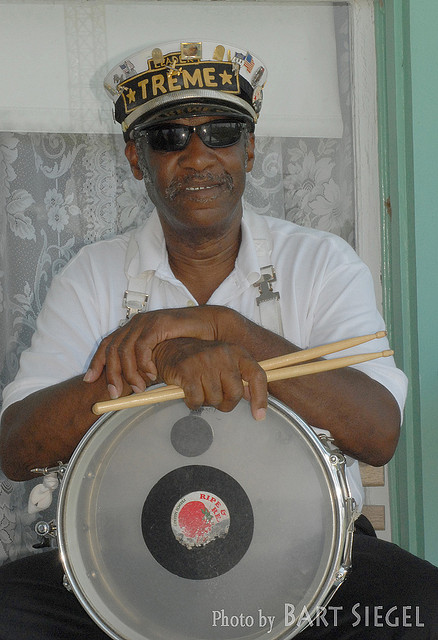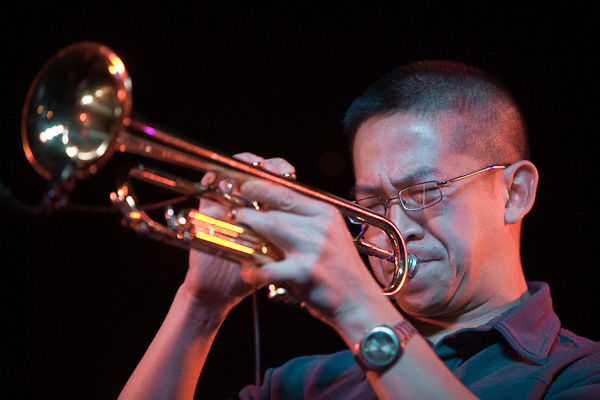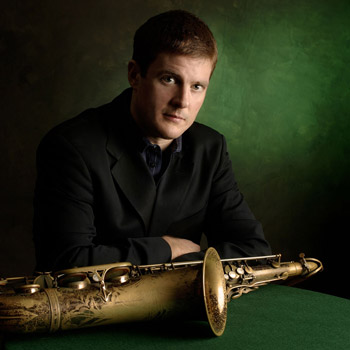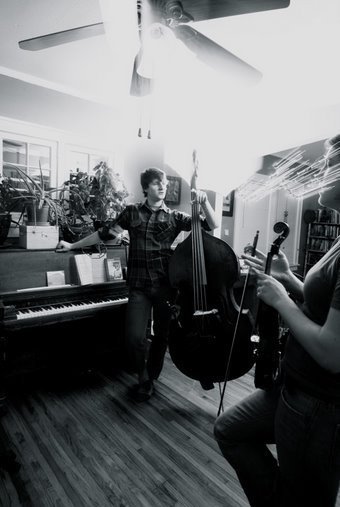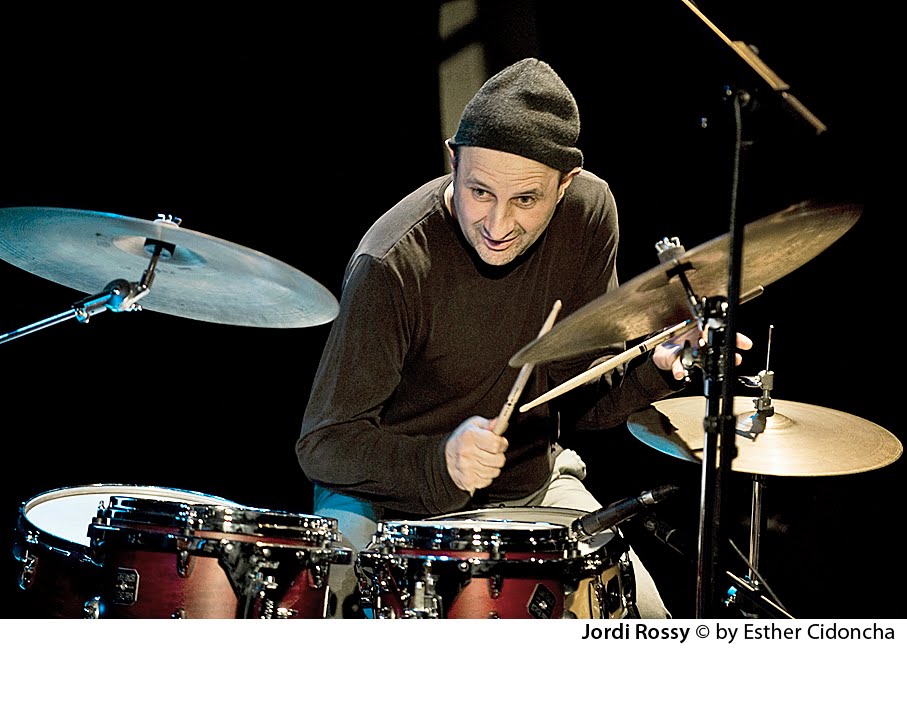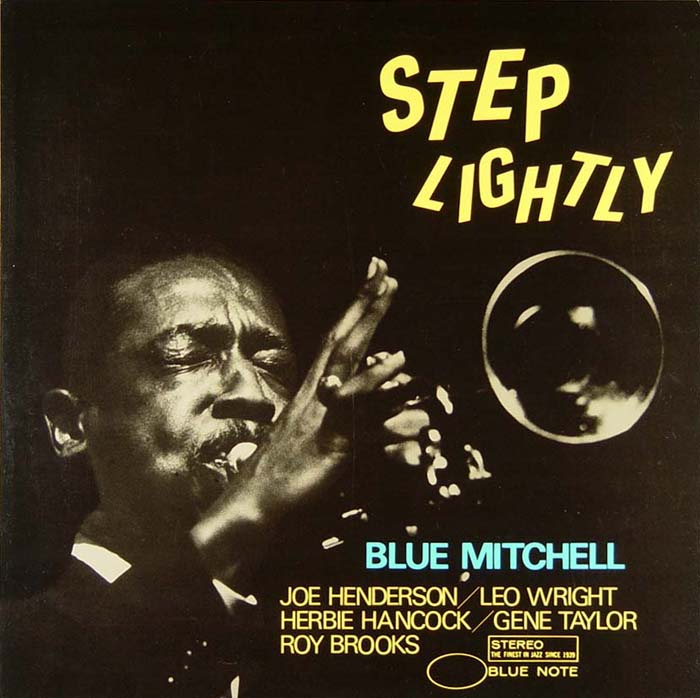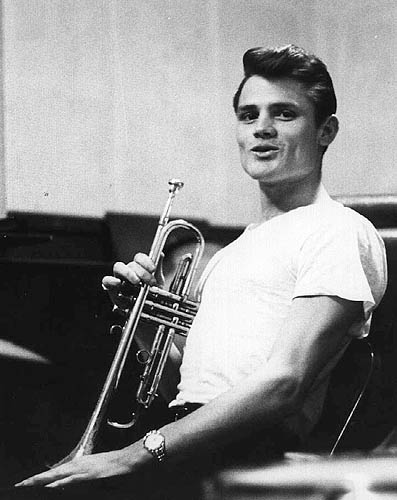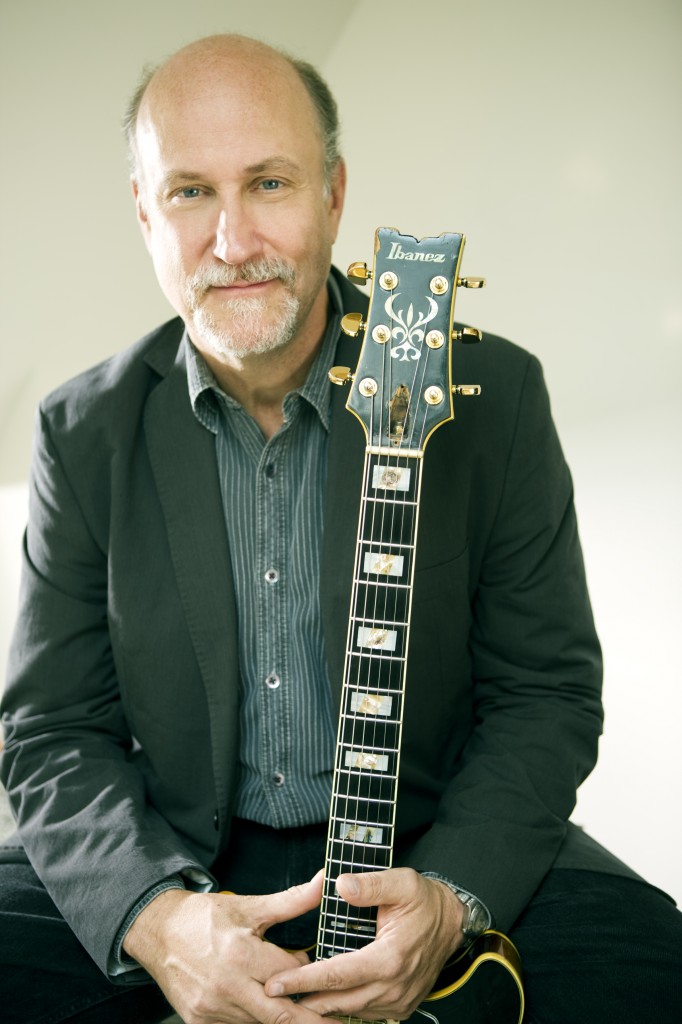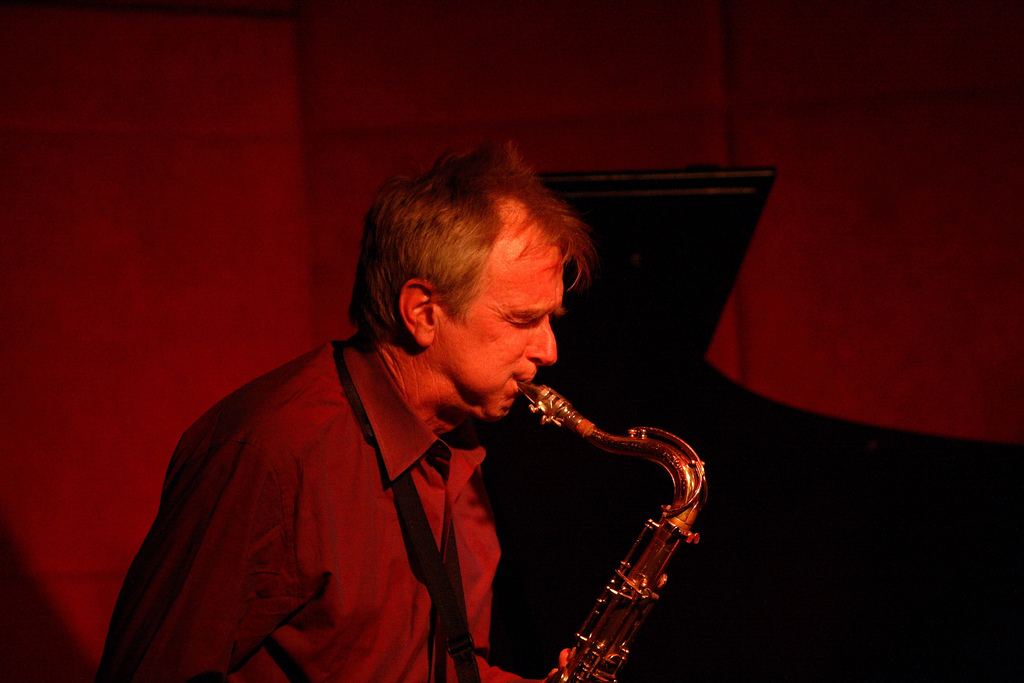Download the PDF: Snare (behind Vocals), Snare (behind Trumpet)
Audio clip: Adobe Flash Player (version 9 or above) is required to play this audio clip. Download the latest version here. You also need to have JavaScript enabled in your browser.
Benny Jones is the snare drummer and bandleader of the storied Treme Brass Band. Born and raised in New Orleans, Jones has been around brass band music his entire life. His feel and concept for traditional jazz and second line rhythm has influenced a legion of drummers including Herlin Riley and Stanton Moore, among others.
Jones’ snare work on Treme’s recording of ‘When My Dreamboat Comes Home’ illustrates the phrasing and concepts that have become the standard for snare drummers playing this music. The following analysis is derived from two 32-bar sections, the first being the vocal melody on the in head and the second being the opening trumpet chorus that follows. Studying two choruses will allow for comparison and the development of any trends or patterns in Jones’ playing. Continue reading
